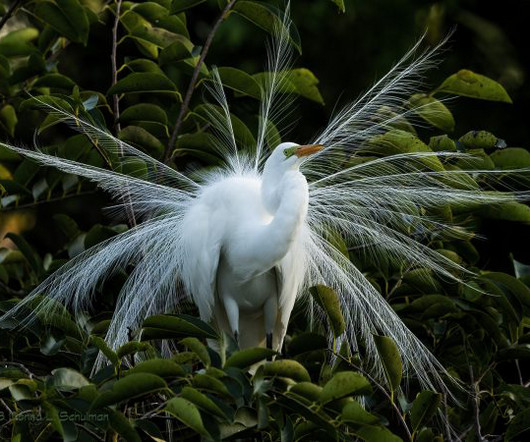A Win-Lose Proposition for Farmers and Consumers
Animal Person
DECEMBER 5, 2009
People whose careers involve creating, fattening, transporting and slaughtering sentient nonhumans whose parts and secretions will then be used as food are having some financial difficulties. Along with the rest of the country. And that's being done as a favor of sorts, a gift to them by the benevolent NASDA.











Let's personalize your content